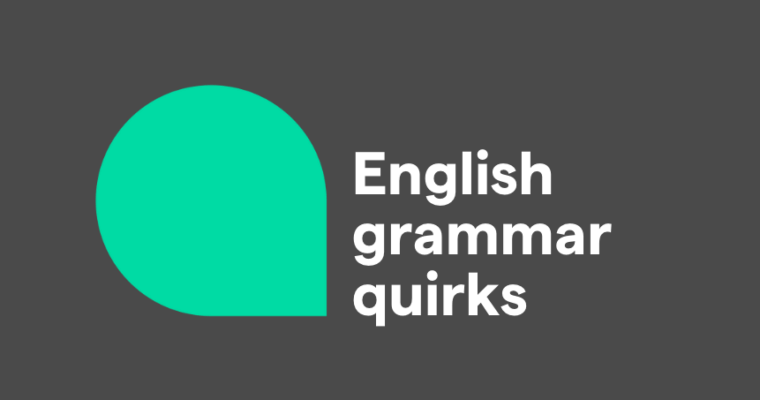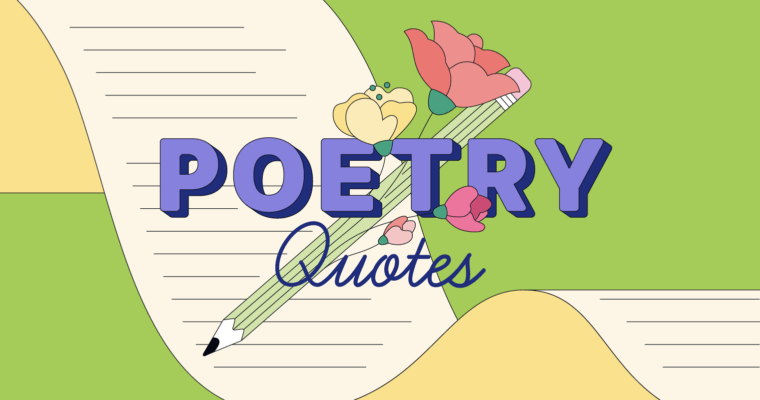Language is constantly evolving – a fact made especially clear when we take a look at historical documents and note how writing norms have shifted over the years. The further back we go, the bigger the shift. The Declaration of Independence, for example, represents a version of English that is noticeably different than that which we use to communicate today.
What are the main grammatical differences between Thomas Jefferson’s version of English and our own? Read on to learn more.
Writing style
The unusual writing style is one of the first things that many modern readers notice about the Declaration of Independence. Phrases and clauses are stacked together in sentences that threaten to become run-ons, and Jefferson was obviously in love with colons, semicolons, and dashes. The writing is also very persuasive, rational, and formal, using straightforward arguments to support moral principles. Government documents today tend to be dry and technical; few would read them voluntarily.
“That” vs. “which”
Among the most troublesome of grammar nuances is the distinction between “that” and “which.” To summarize, “that” is used when the content that comes afterwards is necessary to the meaning of the sentence, otherwise known as a restrictive clause. “Which,” on the other hand, is used when non-essential information is being added to the sentence. The Chicago Manual of Style online has a great explanation and examples of how this works in practice.
In the Declaration of Independence, “which” is frequently used where “that” would be more appropriate (were the document to be revised today):
“…to dissolve the political bands which have connected them with another…”
“…they should declare the causes which impel them to the separation.”
Why is this? Well, there are two things going on. First, this grammar distinction is relatively new. Second, even today, British English and American English are on different wavelengths when it comes to the use of “that” and “which.” In 1776, American English had yet to separate very much from its British roots.
British English vs. American English
Speaking of “that” vs. “which,” another reason that the Declaration of Independence reads strangely is that, in 1776, British and American English had yet to become distinct forms. All English was still British English, but change was beginning to happen. Declaring independence from England most definitely helped that process along. Today, of course, English is a truly international language, with dozens of variations.
Gendered language
In the 21st century, we try to write in a way that doesn’t exclude or disempower any gender, race, or other group. Two centuries ago, we hadn’t quite reached that level of awareness. That’s why it’s not surprising to see phrases such as:
“…all men are created equal.”
“…Governments are instituted among Men…”
“…mankind are more disposed to suffer…”
In 1776, men ruled the world, so it seemed completely natural to write using these masculine nouns. If we were gathering today with the purpose of writing a similar document, readers would probably see more words like “humanity,” “people,” and “society,” as these get the same idea across without ignoring half the population.
Spelling and capitalization
Make no mistake: a few words here and there in the Declaration of Independence are absolutely misspelled by today’s standards. “Hath shewn,” “compleat,” and “Brittish” are the main offenders. The spelling of these words reveals a connection to the Middle English of Chaucer’s time. Regardless of the time period, spelling has always been a (sometimes unfair) way for people to judge others.
The non-standard capitalization of key words, on the other hand, functions to heighten emphasis and dramatic effect. Examples of the liberal use of capitalization in the Declaration of Independence include:
“Laws of Nature”
“Form of Government”
“Safety and Happiness”
“Standing Armies”
“Free and Independent States”
Although the Declaration of Independence was drafted in June, 1776, only a few things stick out to strict grammarians as “wrong” by today’s standards. But as a whole, the text simply sounds strange to readers today.
Do you think that important documents, like the Declaration of Independence, should be updated to reflect today’s language standards?





